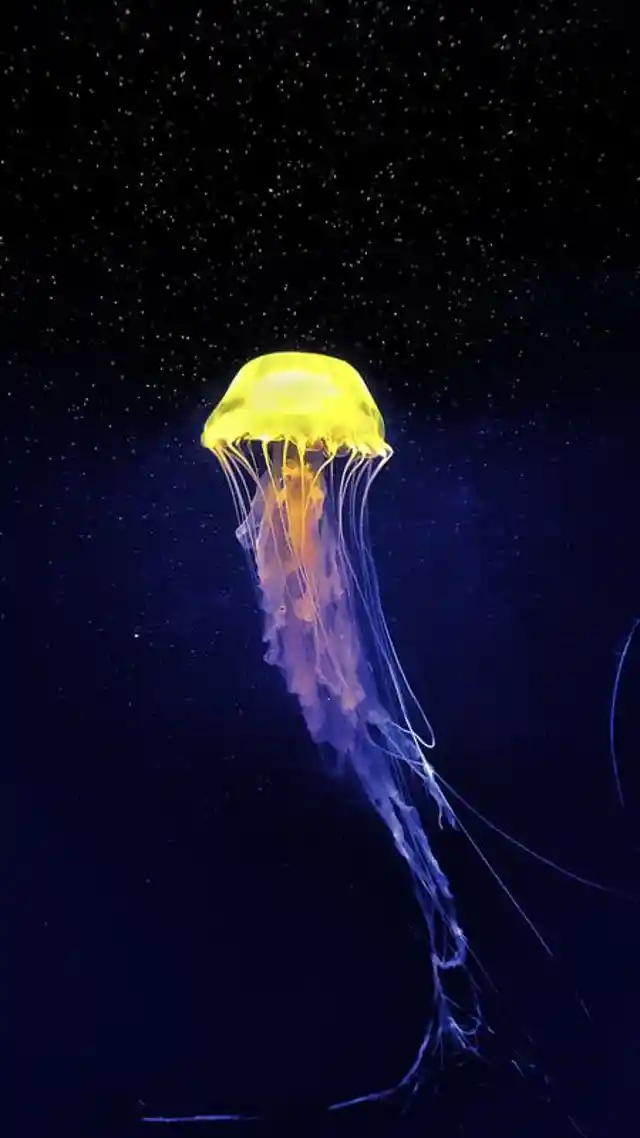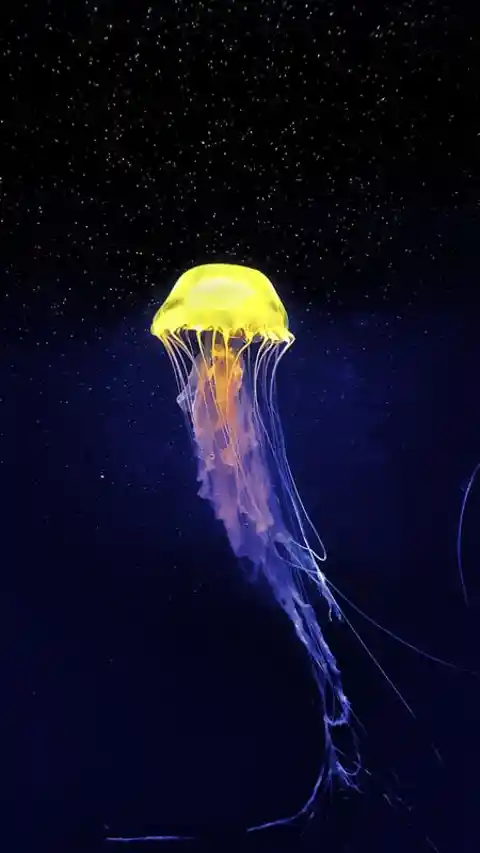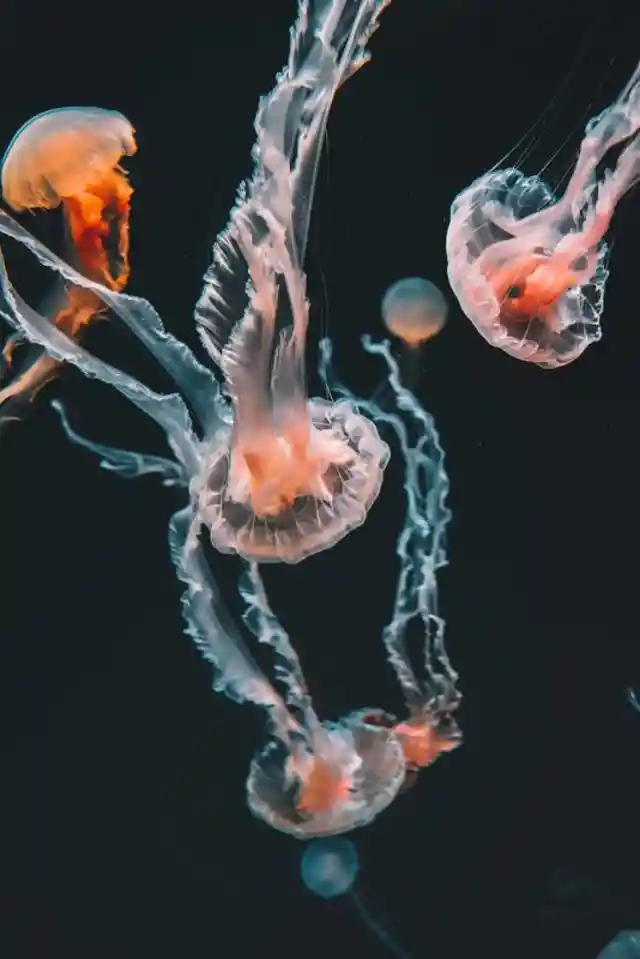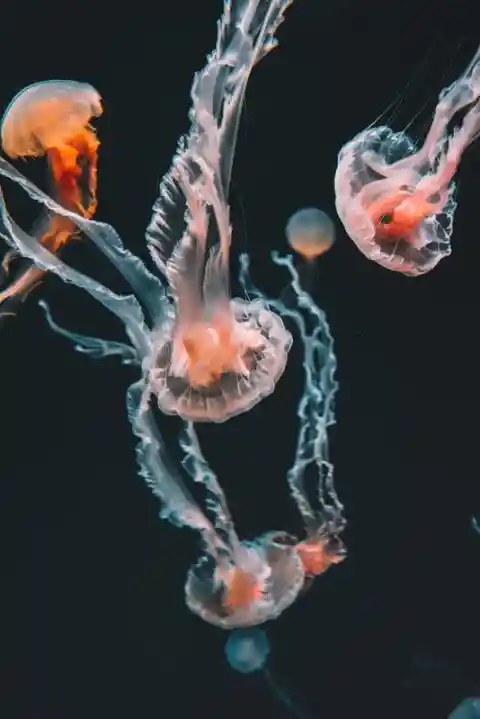If you were to find yourself looking at a jellyfish, it is natural that you might be confused. The most common question about jellyfish is probably the most important: what are they?


Jellyfish are seen as dangerous to those who attend the beach, but they are fascinating beings in their own right. Don’t believe us? Here are some intriguing facts about jellyfish that might have escaped your attention in the past.
They are mostly water
Would you be shocked to know that a jellyfish is around 95% water? The rest of their body is a mixture of muscles, proteins, and nerve cells. This makes them quite a unique organic specimen. While many bodies are made up of mostly water, few species can say that they exceed the 90% mark. That, though, is a big part of what makes jellyfish such a unique – and in many cases feared – an entity of the water.
The name is a bit of a lie
Jellyfish are not technically fish. They are invertebrates, in that they do not have a backbone, but they do not have gills. Instead, a jellyfish can ‘breathe’ by using its membranes to take in oxygen and survive. If you are looking for where a jellyfish is taking in oxygen, it can be hard to work out – and if you get too close, you will probably regret it!


The box jellyfish is the apex predator
If you want to avoid a kind of jellyfish, avoid the box jellyfish. They are known to be found across the Indo-Pacific and are commonly found in the waters of Australia. One sting off one of these will kill you in minutes. If you do not die then you can ‘look forward’ to the likely massive heart attack that is just around the corner. The box jellyfish is the biggest killer jellyfish around.
Some jellyfish are borderline immortal
As the Turritopsis dohrnii jellyfish begins to age, it turns into what is known as a polyp colony. This means that they create new jellyfish, which are basically mirrors of the old jellyfish itself. They can even morph into polyp colonies if they need. If they are harmed or injured, they can turn into polyps and basically start afresh. This keeps the cycle going, and explains how jellyfish come to be in most circumstances.